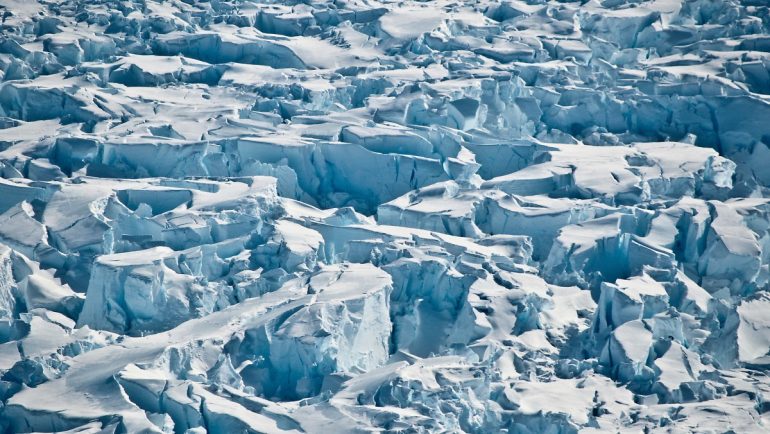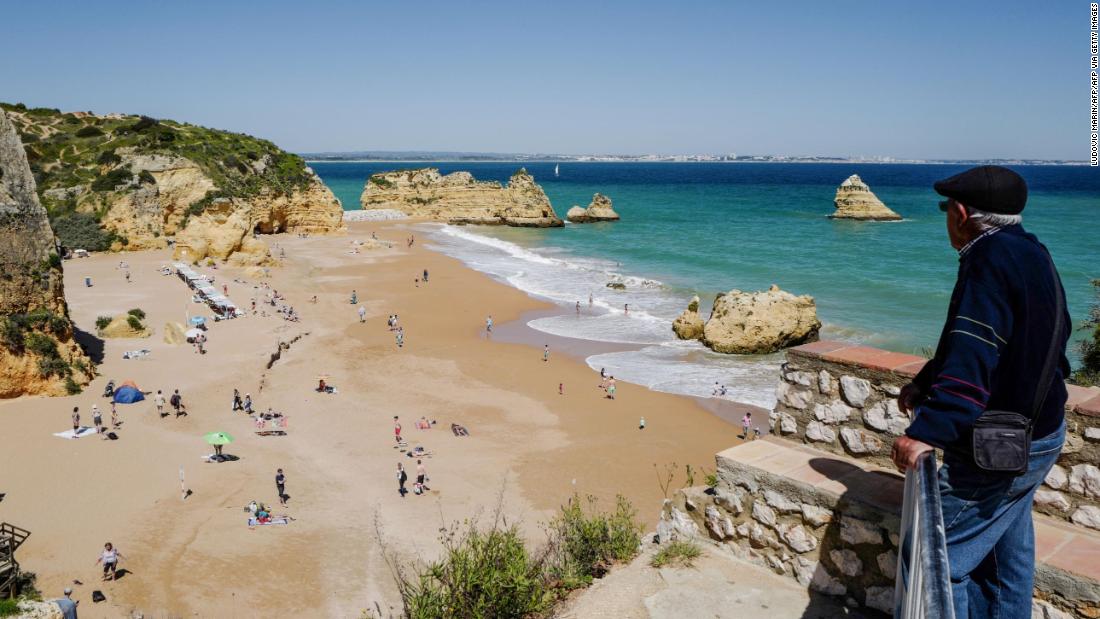Tuesday, October 26, 2021
Five centimeters in 200 years
Glaciers cause sea level to rise rapidly
Researchers are concerned about the Pine Island Glacier in West Antarctica. According to a study, melting glaciers could raise sea levels by two inches over the next 200 years. It is also related to its special shape.
Over the next 200 years, the Pine Island Glacier in Antarctica alone could contribute a good five centimeters to global sea level rise. According to American researchers in the specialist journal, it could possibly be two centimeters by the end of the century.science advanceGlacier melting currently accounts for about 40 percent of ice loss in West Antarctica, which is particularly hard hit by melting Antarctic ice, explains Ian Joffin’s team from the University of Washington in Seattle.
Pine Island Glacier pushes ice into the Amundsen Sea in West Antarctica. There are wind patterns that change over the course of decades and that move sometimes more, sometimes less, warm deep water into the estuaries of glaciers. This resulted in considerable uncertainties in predictions of Antarctica’s contribution to sea level elevation, explain the scientists.
Using measurement data from 2017, Joffin and his colleagues simulated glacier melt in a computer model for the next 200 years. They performed 30 simulations for the rate of melting of ice at 57, 75, 100 and 125 billion tons per year. “Despite the complexity of the model, a single value, the 200-year average melt rate, almost perfectly predicts the contribution of Pine Island Glacier to sea level height over the next 200 years,” the researchers said. This finding could greatly simplify future ice loss calculations from similar glacial ones.
The hypothesis may be applicable to other glaciers as well.
This relationship is probably due to the special shape of the Pine Island Glacier: it is fed by a large catchment area, but is relatively narrow towards the sea due to the shape of the landscape. The movement of ice accelerates in narrow places, as water flows faster in narrow paths. Where glaciers meet the ocean, the ice shelf on the water is also relatively narrow. “While our hypothesis was confirmed for one glacier, it probably holds for other glaciers with narrow shelves,” write the study authors. This should clarify further investigation.
Joffin and his colleagues believe that the Pine Island Glacier and other glaciers in this bay of the Amundsen Sea will lose ice over 200 years. Over several centuries this could lead to the complete collapse of the West Antarctic Ice Sheet.
The melting of glaciers in the Antarctic and Greenland has accelerated over the past two decades, scientists reported in April 2021 in the journal “Nature.” There was 227 billion tons of ice in the first five years of this period, up from 298 billion tons in the last five years. Globally melting glacier ice contributed about 21 percent, or 0.74 millimeters, of global sea level rise per year.

Introvert. Proud beer specialist. Coffee geek. Typical thinker. Pop culture trailblazer. Music practitioner. Explorer.





